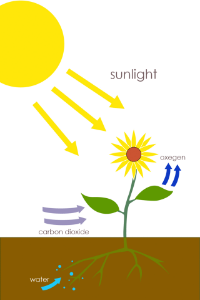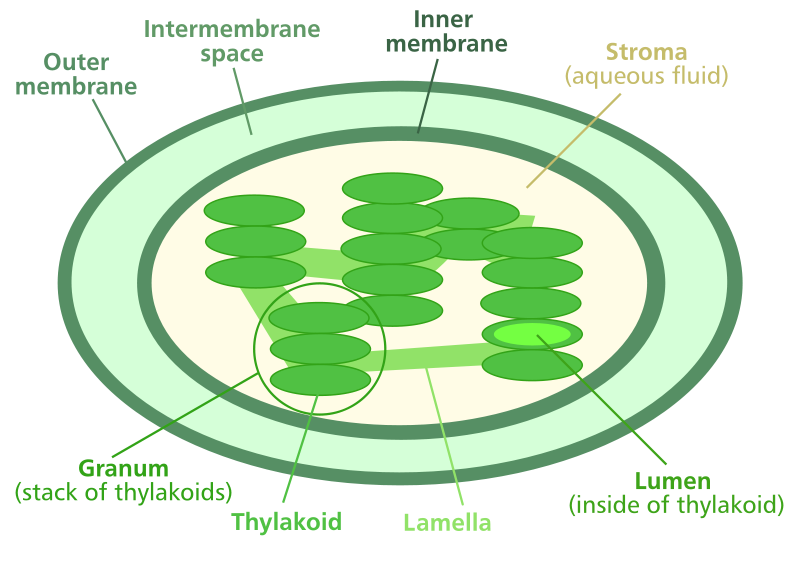Be sure to follow all of the instructions for the assignments indicated here.
Social Justice and Policy Analysis
Policy Brief 2
Try to find this Presentation: Presentation: Covenant, Sphere Sovereignty, and
Social Justice. Along with the readings from the books for this class PADM 550.
· Textbook Readings
· Kraft & Furlong: chs. 8–9
· Monsma: chs. 7–8
Directions for Policy Brief: FOLLOW THESE DIRECTION TO THE LETTER. Its costing me Points.
Policy Briefs Instructions
For Modules/Weeks 3–7, you are expected to submit a 1 1/2–2-page paper (not including the title page, abstract, and reference page) in current APA format in which the May-Can-Should model is applied in the context of the policy focus in the assigned module/week. Be certain to emphasize a focused analysis of a particular issue chosen from the broader policy concentration for the assigned module/week. You must include citations from:
- all of the required reading and presentations from the assigned module/week
- all relevant sources from Modules/Weeks 1–2 (especially the “Biblical Principles of Government” article), and
- 3–5 outside sources.
Students often struggle with keeping the analysis needed for these policy briefs to just 2 pages of content at most (not counting the title page and references), and it can be hard to see past one’s choice of wording to discover that there are indeed many ways to say the same thing with less words. Attached are “before and after” samples of the same policy brief; the first was too long and includes edits of how to shorten it, and the second shows the finished product at 2 pages. Review these before writing your first policy brief.
NOTE: this assignment is not perfect in every respect in terms of following the “May-Can-Should” analysis. It is mean to show you how to be more concise in communicating ideas.
Discussion Board Question:
For this Discussion Board Forum, interact in a free-flowing discussion of the biblical and constitutional parameters for the particular policy focus being discussed this module/week. In other words, you must discuss the “May” portion of the “May-Can-Should” approach to policy analysis and implementation. Engage the ideas of your classmates and the required readings and presentations in a meaningful and thoughtful manner.
Remember to provide thoughts on what government should or should not do from a biblical and constitutional perspective. Also discuss what other groups, individuals, and organizations (possibly including state and local government) should be doing within society to address the policy issues discussed in this module/week.
This Discussion Board is on the Education Policy: Remember that the word count for DB is at least 300
· Text book reading chapters: Kraft& Furlong: ch. 10
· Monsma: ch. 6
Try to find this Presentation: Presentation: Education Policy, Home Schools, and Christian Schools
CJUS 530 Discussion Board:
For your thread, answer at least 1 of the following questions of your choice (you can discuss as many as you like):
- One of the most interesting items in the communication realm of organization management is the informal grapevine. The informal grapevine has the capacity to undermine the official communication function of a criminal justice organization. Discuss what a grapevine is and the best methods to counteract it.
- In a summary, list and explain one of the major influences on work-group behavior.
- Research and explain what the major political imperatives within the federal system of hiring employees are and how they affect the professional process.
- Again, be sure to sight from the books required for each class and site from other sources, not just internet souces, but scholarly articles and sources.





